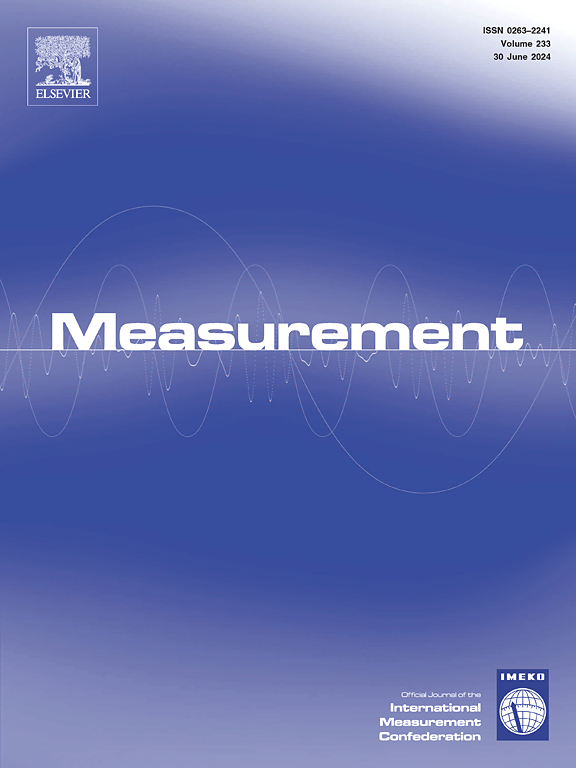GeoContrast: Geometric knowledge-based contrast learning for industrial point cloud segmentation
IF 5.2
2区 工程技术
Q1 ENGINEERING, MULTIDISCIPLINARY
引用次数: 0
Abstract
Process simulation of industrial robots is essential for improving operational accuracy and efficiency. Due to their three-dimensional structure, point clouds show great promise for building high-fidelity simulation environments. However, the absence of semantic information in unstructured point clouds exacerbates the consistency issue between physical entities and the corresponding virtual models. Several factors hinder improvements in the accuracy of point cloud semantic segmentation. These include the variability of process equipment with a high degree of freedom, the inherent complexity of industrial environments, and the scarcity of high-quality annotated data. To bridge this gap, this paper proposes a novel contrast pre-training framework, GeoContrast, tailored for point cloud segmentation in industrial environments. Firstly, a geometric knowledge module generates geometrically consistent features through clustering and multidimensional feature encoding, improving the segmentation accuracy and generalization ability of high degree of freedom entities. Secondly, an Upsampling Attention Module is implemented to efficiently fuse multi-layer features, significantly enhancing the robustness of entity boundary segmentation. Finally, an uncertainty-weighted contrast loss function is proposed that incorporates information entropy to dynamically adjust sample weights, improving the model’s ability to discern entity boundaries in complex industrial environments. The effectiveness of the proposed method was validated using the Actual Welding Scene Scanning (AWSS) dataset and the Stanford 3D Indoor Scene (S3DIS) dataset. Results demonstrated that the proposed method outperformed existing methods, achieving a maximum improvement of 45.2% in a mean intersection over Union (mIoU) on the AWSS dataset using only 1% of the labels. In addition, it also achieved excellent performance on S3DIS, with mIoU of 75.3%.

GeoContrast:用于工业点云分割的基于几何知识的对比学习
工业机器人的过程仿真是提高操作精度和效率的重要手段。由于它们的三维结构,点云在构建高保真仿真环境方面显示出很大的希望。然而,非结构化点云中语义信息的缺失加剧了物理实体与相应虚拟模型之间的一致性问题。一些因素阻碍了点云语义分割精度的提高。其中包括具有高度自由度的工艺设备的可变性,工业环境的固有复杂性以及高质量注释数据的稀缺性。为了弥补这一差距,本文提出了一种新的对比预训练框架,GeoContrast,专为工业环境中的点云分割而设计。首先,几何知识模块通过聚类和多维特征编码生成几何上一致的特征,提高了高自由度实体的分割精度和泛化能力;其次,实现了上采样注意模块,有效融合了多层特征,显著提高了实体边界分割的鲁棒性;最后,提出了一个包含信息熵的不确定性加权对比损失函数来动态调整样本权值,提高了模型在复杂工业环境中识别实体边界的能力。利用实际焊接场景扫描(AWSS)数据集和斯坦福3D室内场景(S3DIS)数据集验证了该方法的有效性。结果表明,该方法优于现有方法,仅使用1%的标签,在AWSS数据集上的Union平均交叉点(mIoU)上实现了45.2%的最大改进。此外,它在S3DIS上也取得了优异的性能,mIoU为75.3%。
本文章由计算机程序翻译,如有差异,请以英文原文为准。
求助全文
约1分钟内获得全文
求助全文
来源期刊

Measurement
工程技术-工程:综合
CiteScore
10.20
自引率
12.50%
发文量
1589
审稿时长
12.1 months
期刊介绍:
Contributions are invited on novel achievements in all fields of measurement and instrumentation science and technology. Authors are encouraged to submit novel material, whose ultimate goal is an advancement in the state of the art of: measurement and metrology fundamentals, sensors, measurement instruments, measurement and estimation techniques, measurement data processing and fusion algorithms, evaluation procedures and methodologies for plants and industrial processes, performance analysis of systems, processes and algorithms, mathematical models for measurement-oriented purposes, distributed measurement systems in a connected world.
 求助内容:
求助内容: 应助结果提醒方式:
应助结果提醒方式:


